Sixty Years Ago, Daimler-Benz Bought Auto Union
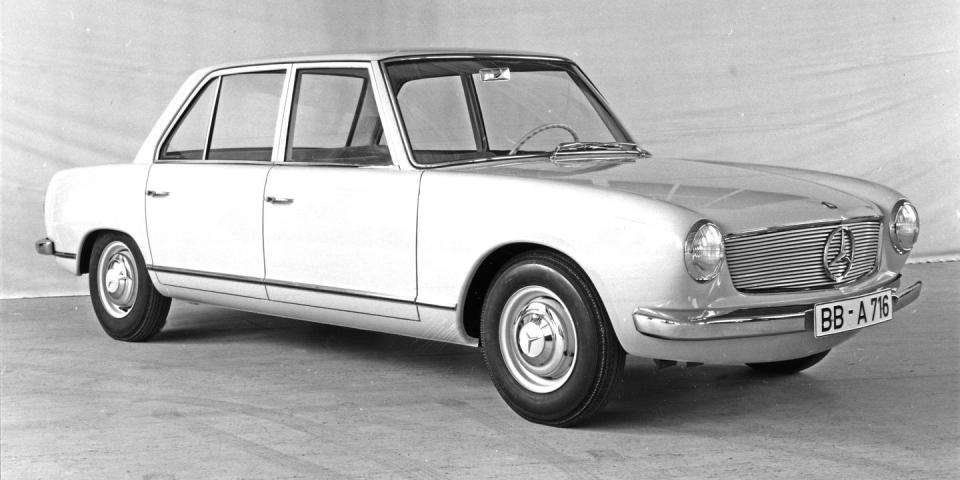
While many car enthusiasts are familiar with Auto Union's motorsport success during the Nazi era, Audi's history from the fifties until Volkswagen's buyout in 1964 is often forgotten. Yet in 1958, the three-pointed star and the four rings came together in a major way.
With the Soviets pushing forward after the war, Auto Union, the umbrella firm for Audi, Horch, DKW and Wanderer had to salvage as much as possible, relocating to West Germany. The new company was launched in Ingolstadt, thanks to loans from the Bavarian goverment and the United States through the Marshall Plan aid.
For four years between 1945 and 1949, Auto Union was no more than a parts supplier. By the time car production could restart in 1950, only the DKW badge was kept active, being the only economy brand capable of selling cheap front-wheel drive cars powered by pre-war two-stroke engines. The new Auto Union company no longer owned the Wanderer brand, while Audi and Horch were put on ice.
DKW first hit the market with the RT 125 motorcycle, followed by the amazing Schnellaster delivery van, and its first proper car, the F89, which was available as a sedan, a station wagon, or a four-seater convertible built by Karmann.
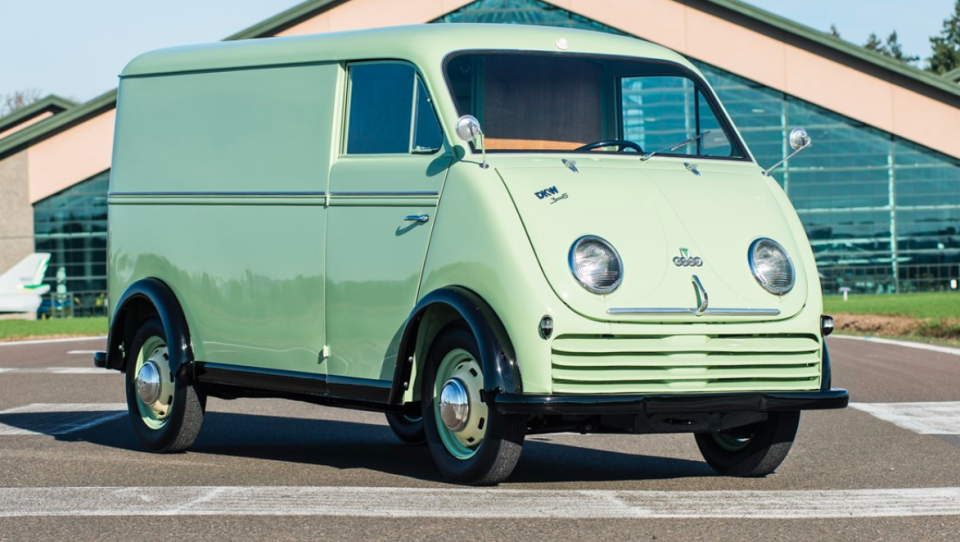
Eight years later, Daimler-Benz' largest shareholder, convicted war criminal Friedrich Flick, pressured the board into acquiring a majority in Auto Union. He believed the two companies could cover every market segment while cutting development costs through sharing technology. The complete takeover was finished by 1959, with both parties remembering how Auto Union used to be the biggest rival of Mercedes-Benz, both on and off the race tracks. By then, construction of Auto Union's new plant in Ingolstadt was well along its way, while ifs Dusseldorf location was converted to lead Mercedes-Benz' van and diesel engine production. Not far away, Daimler's merger attempt with BMW fell through.
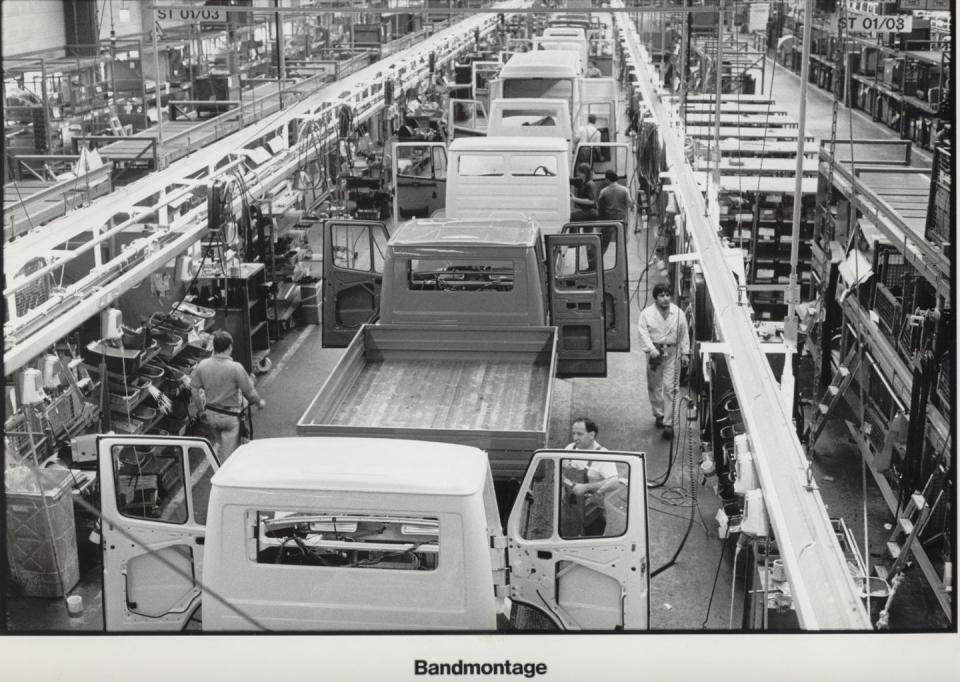
Daimler continued to work hard on expanding its American network with the help of Studebaker-Packard. But while demand for two-stroke engines has dropped rapidly, Auto Union wasn't ready to let it go just yet. Daimler was, but that didn't stop the Auto Union 1000 to remain in production until 1965, a year after Volkswagen took over.
However, Daimler did some crucial work before Volkswagen could take care of their problem in its quest to resurrect Audi. In 1963, the board sent Ludwig Kraus, the head of design at Mercedes-Benz' R&D department, to fix up Auto Union. Kraus knew all there was to know about engines, and his team at Ingolstadt soon came up with a four-cylinder known as the M 118 "Mexico".
This high-compression engine (1:11.2) had an intense swirling effect on the intake mixture of helical intake ducts, which led to smooth running and lower fuel consumption. Based on Mercedes know-how, the motor debuted in the 1965 Auto Union Audi Premiere, the F103.
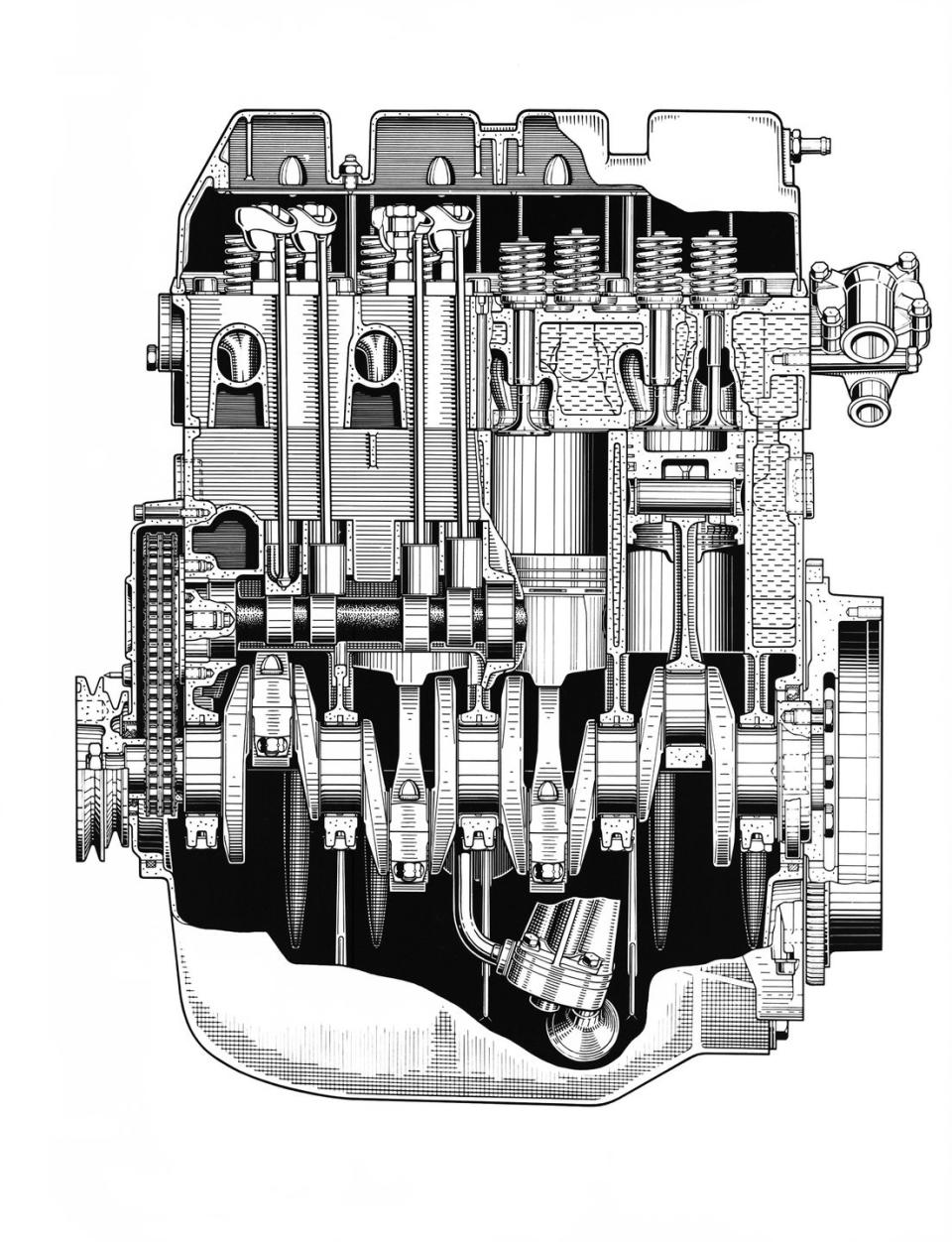
The first post-war Audi with a four-stroke engine was a major step forward, and interestingly, Kraus would stay at Auto Union under VW despite his extensive knowledge of Daimler's developments.
Both the Audi 80 (1972) and Audi 50 (1974) were designed with Kraus present. By that time, Auto Union has long absorbed the Wankel-pioneer NSU Motorenwerke as well.
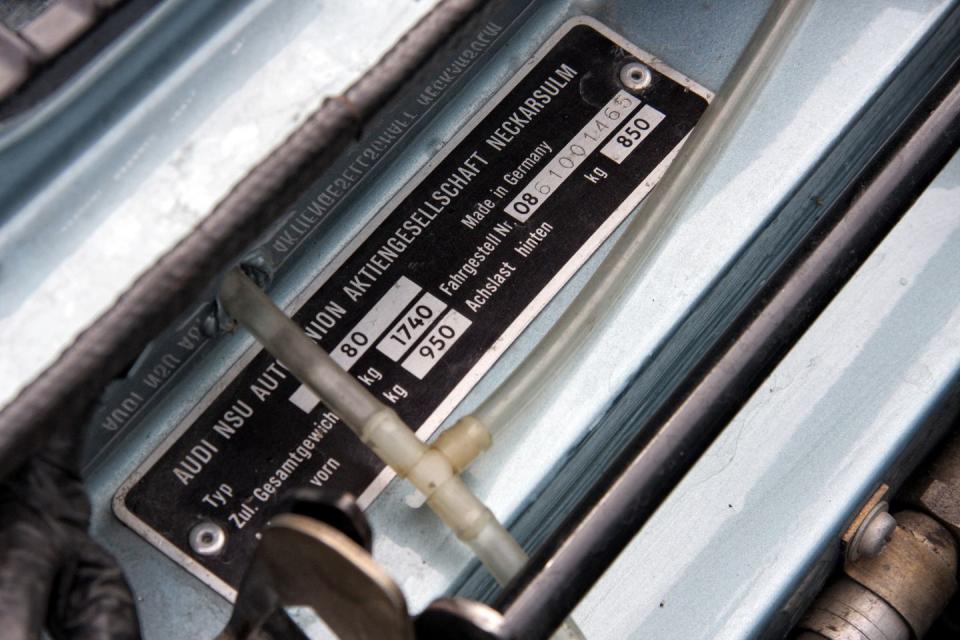
You Might Also Like

 Yahoo Autos
Yahoo Autos 